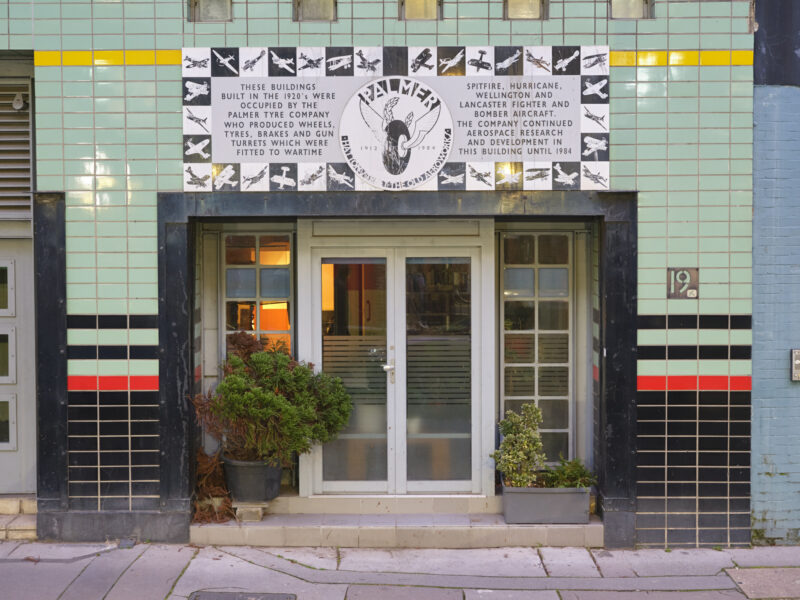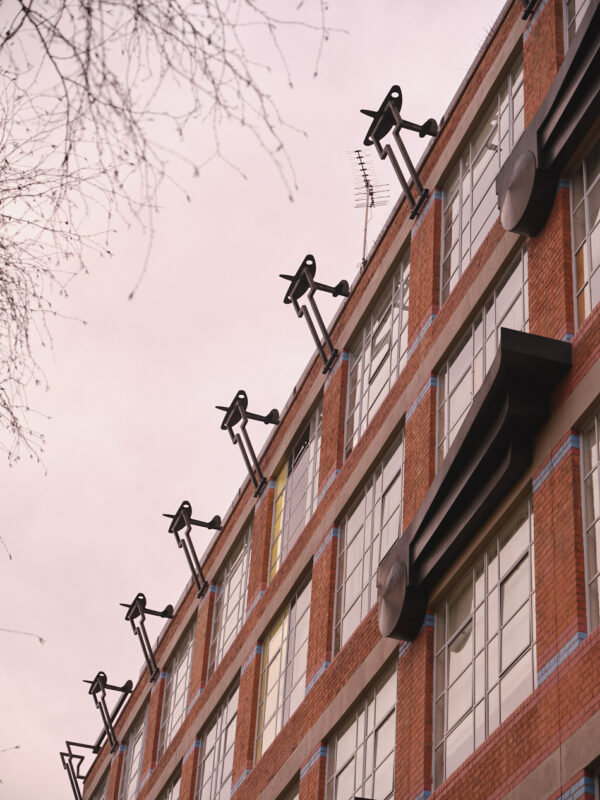
I managed to grab some precious time with Lucas Giles and Will Hainsworth as they work to launch their new art space Palmer Gallery.
So your space isn’t really the kind of space associated with a totally new gallery – can you explain how you found it?
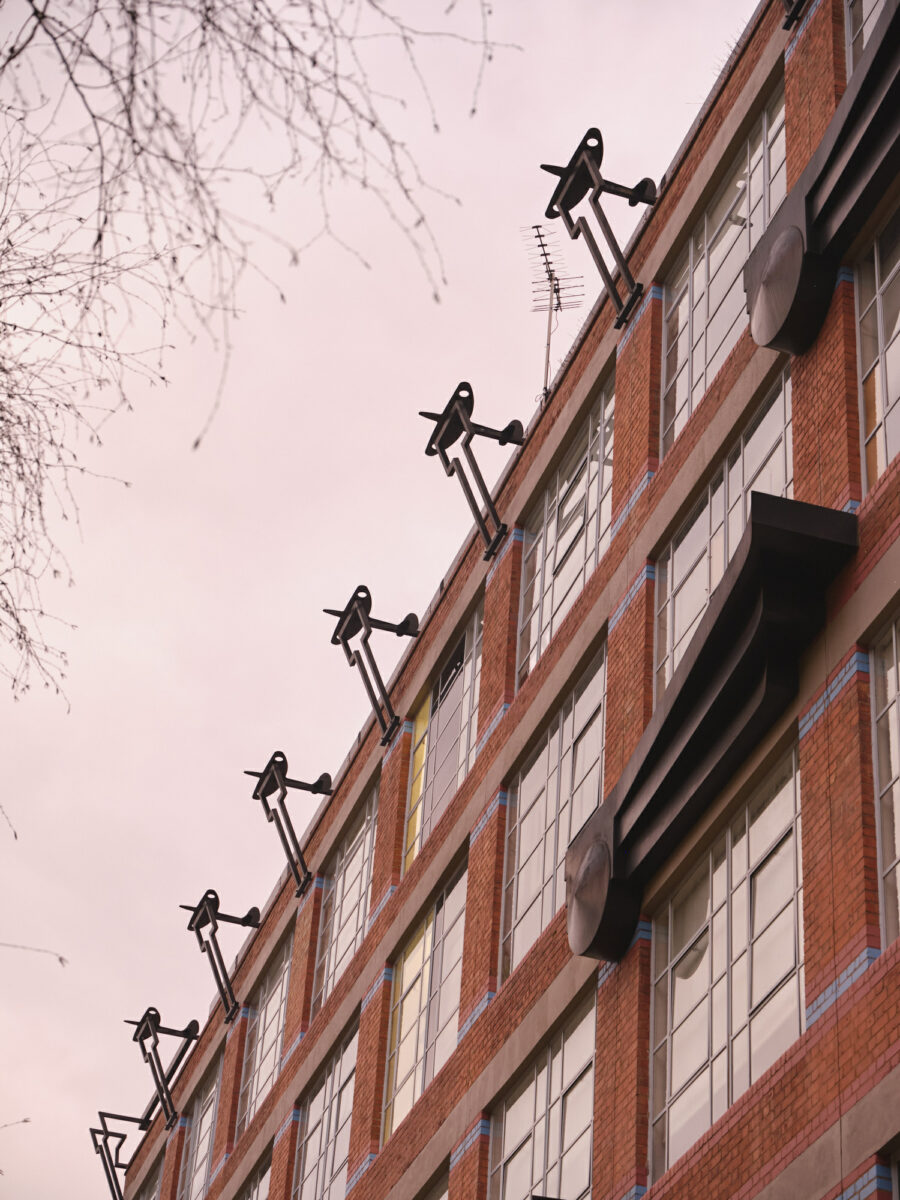
WH: The space is quite unique: it’s an old aeroworks factory in Lisson Grove, where the Palmer Tyre Company used to build gun turrets, brakes and wheels for aircraft during the Second World War (hence the Palmer Gallery name). The unit we have in the building was most recently a marketing consultancy, founded by Lucas’ parents. The company was wound down five years ago when Lucas’ mum passed away, and the space has been uninhabited since. As you can imagine, there was quite a big clean-up/renovation job that we’ve undertaken ourselves (with the wise exception of electrics). Lots of wading through mouse droppings and hoovering floors to reveal a completely different colour beneath, that sort of thing.
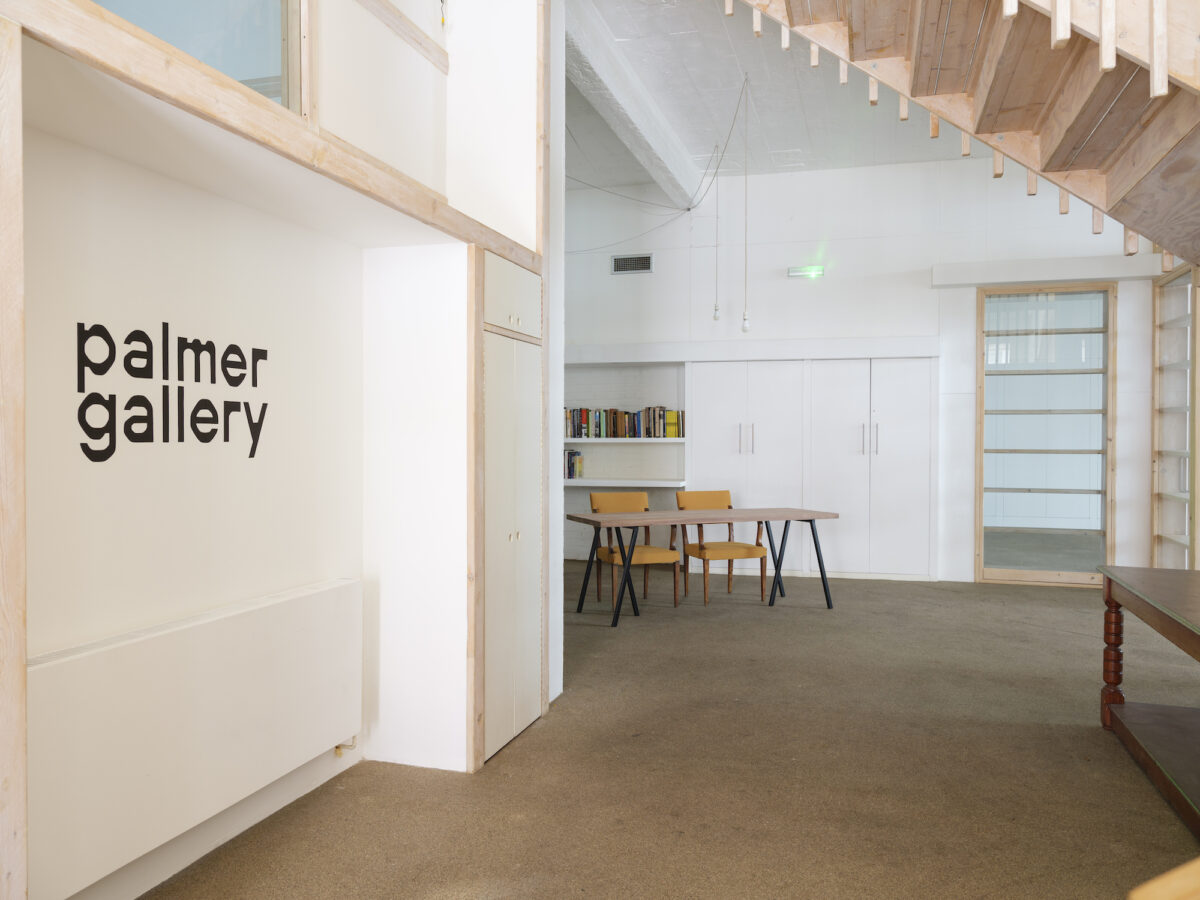
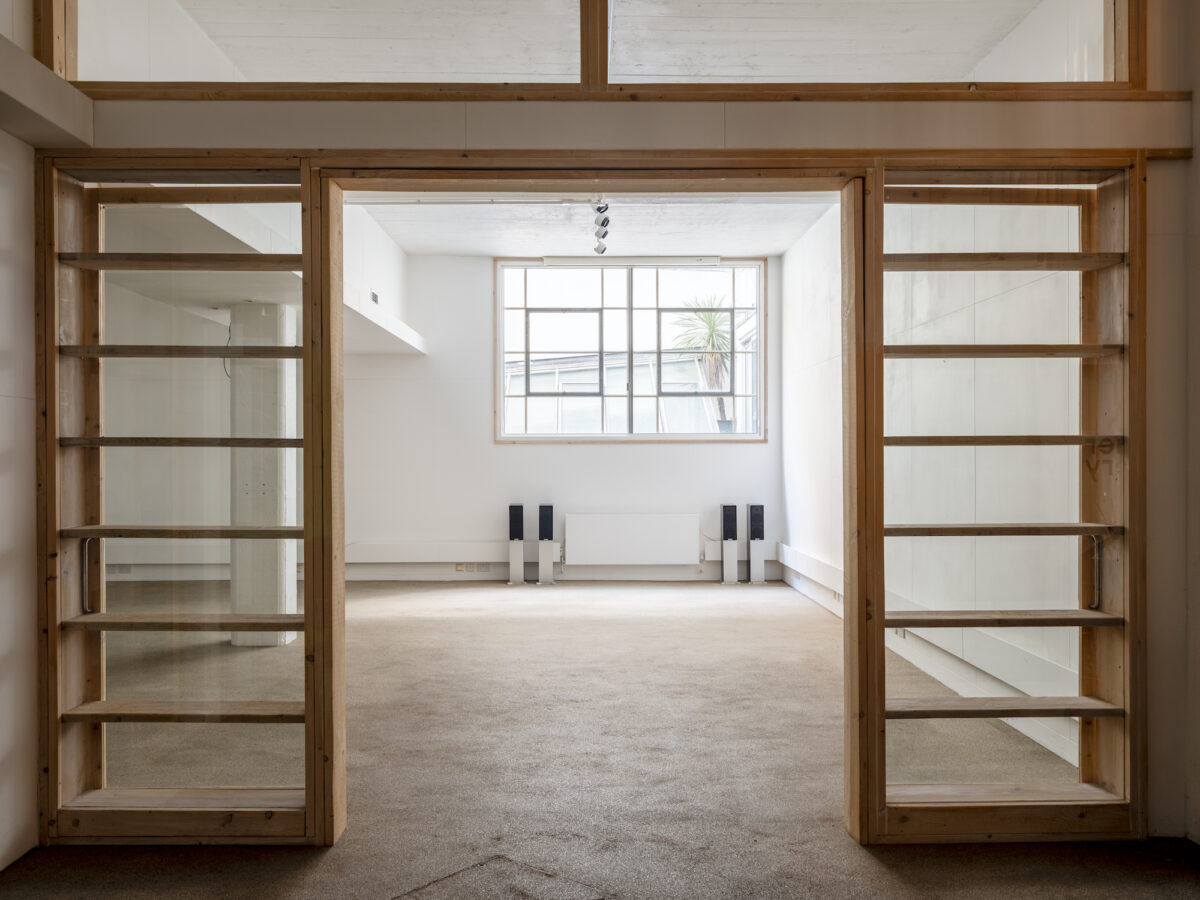
It’s great to have breathed new life into the space and restored it to a place of work and creativity and industry like it always was. The fact that Lucas’ mum’s maiden name was also, coincidentally, Palmer adds a nice layer to the regeneration. The building is back and functioning and in its third chapter of Palmer-based operations.

LG: The history of the building is incredibly interesting too. It was originally erected in the 1920’s and was one of the first all-concrete buildings in Britain. In 1940, the Palmer Tyre factory moved to the space, continuing war effort productions after their original factory in East London was bombed. After the end of the war, the Palmer Tyre Company remained in the building and continued to conduct aerospace research, ceasing operation in 1984. At that point, notable architecture firm Munkenbeck and Marshall redesigned the buildings, allowing for residential occupancy. Later in 1985, Terry Farrell, one of Britain’s leading Post Modern architects, raised a consortium to buy the freehold of the block, (now known as The Old Aeroworks) with the aim of transforming the site into a mixed-use complex. The conversion reflects an early shift in the concept of the workplace and the re-use of industrial space as studio offices for creative industries. It’s nice that Palmer Gallery will be continuing in this tradition, bringing a sense of youth, vibrancy and energy to the building and to Lisson Grove more broadly.

So Luke, Will – who are you? Why contemporary art? Why a gallery?
WH: I got my first job in the art world after leaving school; I went to work for Victoria Miro as a kind of assistant to the gallery assistant there. That was about ten years ago, but I still look back on that as the moment I decided I wanted to work in the art world. Before then, I had mainly viewed art as something that happened in the past. I went to museums but I hadn’t really acknowledged the presence of a commercial contemporary art industry. From then on I gained more experience in the art world, interning and working at galleries, museums and art advisories in London and New York. I’ve had my eye on opening a gallery since those early days. It always seemed like a fairly abstract possibility, at an undetermined point in the future, now here we are.

LG: I‘ve always grown up around art but my background is mainly in academia. I recently completed a PhD in Art History at Cambridge University focused on Medieval Art and Architecture in Italy, so something completely different! I’m obsessed with Italian culture though and have lived in both Naples, Florence and Venice at various times. I also did an MA at Duke University in North Carolina, so I’ve lived in the States for a few years as well. Alongside my studies, I’ve also worked for the Department for Culture, Media and Sport, the Government Art Collection as well as the British Library. And more recently I also served as Director and Editor at Contra Journal, which was an arts magazine focussed on the intersection between conflict and visual culture. In terms of starting a gallery, when I was finishing my PhD, I knew I wanted to do something more creative, more people-based, and more collaborative. Starting a gallery seemed like the most exciting and challenging venture to undertake at this point in my life – and it’s been a great decision so far.
WH: My industry background coupled with Lucas’ academic one seemed like a good fit when starting a gallery. We’ve also known each other for years, growing up in the same area and attending the same school in North London (five years apart), so there’s a familiarity there which is nice and keeps things from getting too stuffy and formal.
LG: It’s been great working with Will and I think we bring a real balance to each other. I’m totally fresh to the industry so come with a certain amount of greenness whereas Will has been part of the emerging art scene for the last ten years or so. It provides a great balance – as I’m able to think freely beyond the boundaries of certain industry formalities – whereas Will has the know-how and the experience, bringing checks and balances to any white-space thinking.
Do you think something is happening in London? I’m amazed by the amount and speed of new gallery openings
WH: This kind of thing is difficult to answer when you’re still relatively new to the industry. Does every generation of gallerists think that they’re part of something new, unique and special?
There are certainly a lot of good young galleries opening up, and the talent being drawn to London art schools from home and abroad is really compelling. But there’s no use in a great gallery if people aren’t engaging with the work, so time will tell if something really of note is going on.
LG: There are a whole plethora of good young galleries opening which is an exciting ecosystem to be a part of. I think there are a number of reasons for this (and too many to explain here). But to pick out a few, there is certainly more space available following the pandemic and the closing down of many high-street shops. A number of new galleries have opened in sandwich shops, ex-barbers and similar stores. And it feels to me as though the white cube model is becoming less pertinent, in favour of more quirky, idiosyncratic spaces, allowing artists to experiment and bounce off the space. Equally, I think that younger generations are fed up with the status quo – and have more self-belief in their ability to go out and do it themselves. A good career working for someone else feels less and less achievable – so why not start something for yourself. These are just two important factors (amongst myriad reasons), driving an exciting upsurge in the number of new galleries opening.

I hear your first year of exhibitions are already booked in – can you give us a taste of what people can expect
WH: The gallery programme is centred around artists with a cross-disciplinary focus. We want to give people the chance and the freedom to expand their practice out in different directions, directions that perhaps market forces have steered them away from. Each exhibition will hopefully be balanced between works that are slightly more accessible like drawing, painting, sculpture, and works that are slightly more inaccessible like video, sound and installation art. The gallery programme should mirror this balance more broadly: if we show someone more heavily focussed on painting, somewhere down the line that should be balanced out with a completely bizarre immersive installation.
LG: As Will highlighted, the concept of cross-disciplinarity is the key principle framework which underpins the gallery programme. The vision for each exhibition is to cover at least three of the major disciplines; so some form of combination between painting, sculpture, drawing, light, sound, performance or video art. That can manifest itself either as a solo/duo or trio show. For instance, if an artist is only working in one specific medium, then we’ve paired them with another practitioner working in a different medium who they connect with visually or thematically. Or more commonly, we’ve allowed artists to pick who they want to work with, giving them license to flesh out the vision for each show. One of the key aspects of the programme is to really give the space over to artists, so in many instances it’s the artists who end up driving the direction of the exhibitions. We want Palmer Gallery to be an immersive space led by artists, with visitors invited to enter into the artists world in a dynamic, multi-sensory exhibition space.
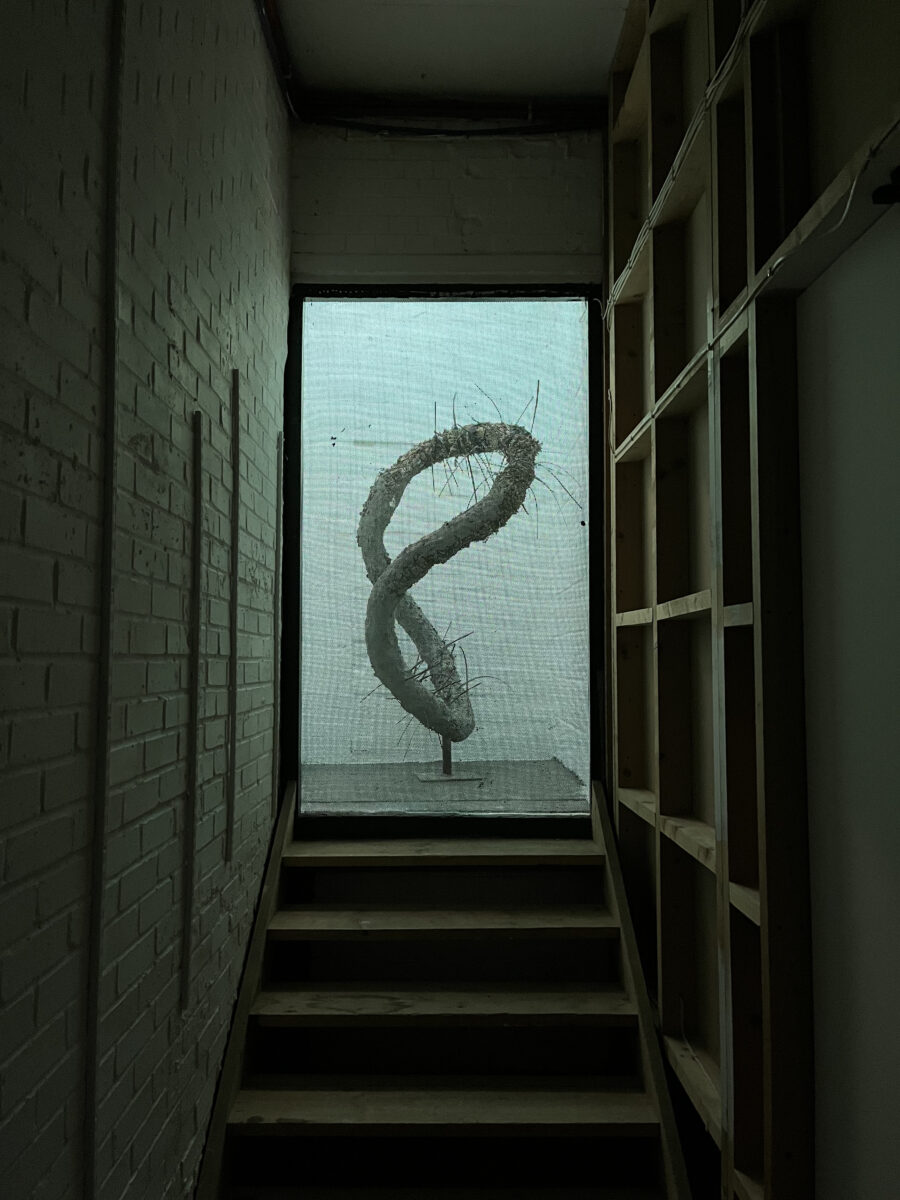

Will- a question for you – how do you sell ‘difficult art’?
Assuming ‘difficult art’ is video, sound, performance and installation work, the obvious answer is “to institutions”. There’s certainly still a place for that, but I think the appetite for buying and supporting slightly more esoteric work is growing amongst ordinary collectors.
As mentioned above, hopefully, our offering will be balanced to the extent that the very difficult works can exist in and of themselves, not needing to be sold, because the more accessible side of the practice already has.

Are you looking to work with institutions other galleries, is collaboration part of your strategy?
WH: Yes, we’re already working with some great emerging galleries in London and New York and have been really amazed by the general goodwill and support we’re receiving. Within the emerging art scene, I think galleries tend to like other galleries picking up the same artists, it shows similar taste and a shared belief in that artist’s work, as well as a shared drive to promote their practice.
LG: Absolutely! Collaboration is a key pillar in both our programme and the general ethos behind the gallery. This manifests itself not only in collaborating with other institutions and other galleries but also in other adjacent industries such as fashion, food and music. We have some exciting collaborative plans in place to stretch our outreach into these spaces, with the general goal of fostering a creative community around the gallery. We want Palmer Gallery to be a space where people come together, creating a sense of community, and underpinned by a feeling of warmth, openness and collaboration.
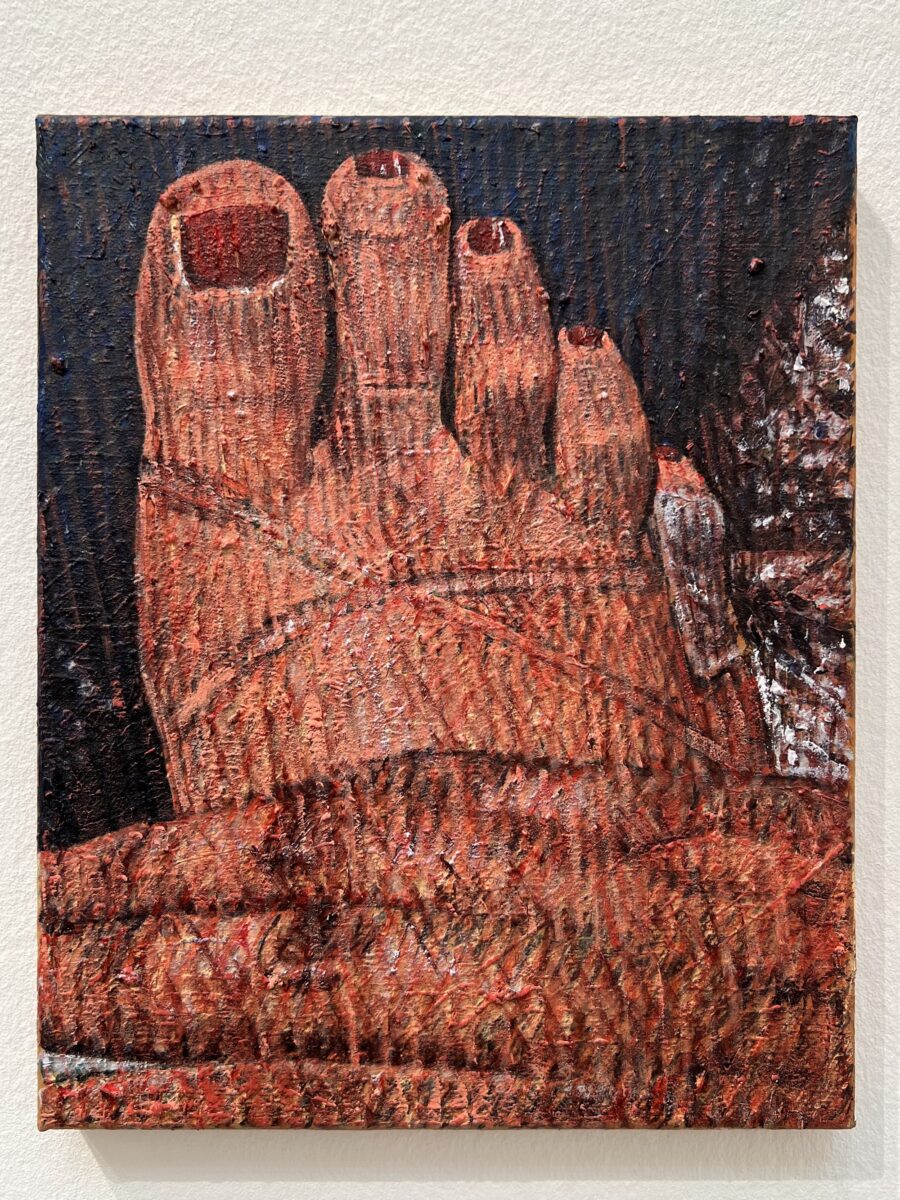
For both of you – what would success look like for Palmer Gallery?
WH: We’re quite aligned on taking things slowly, building a solid programme of artists we believe in who are making engaging work. We’re not interested in fairs to start with, nor representing artists (although if it starts to make sense for us to do those things in 3-5 years time, then, of course, we will). We want to run a gallery that is loved in London – and in art-focused pockets of the world – because of the programme, the space and the people. Starting Palmer Gallery is an exercise in community building around a strong artistic foundation.
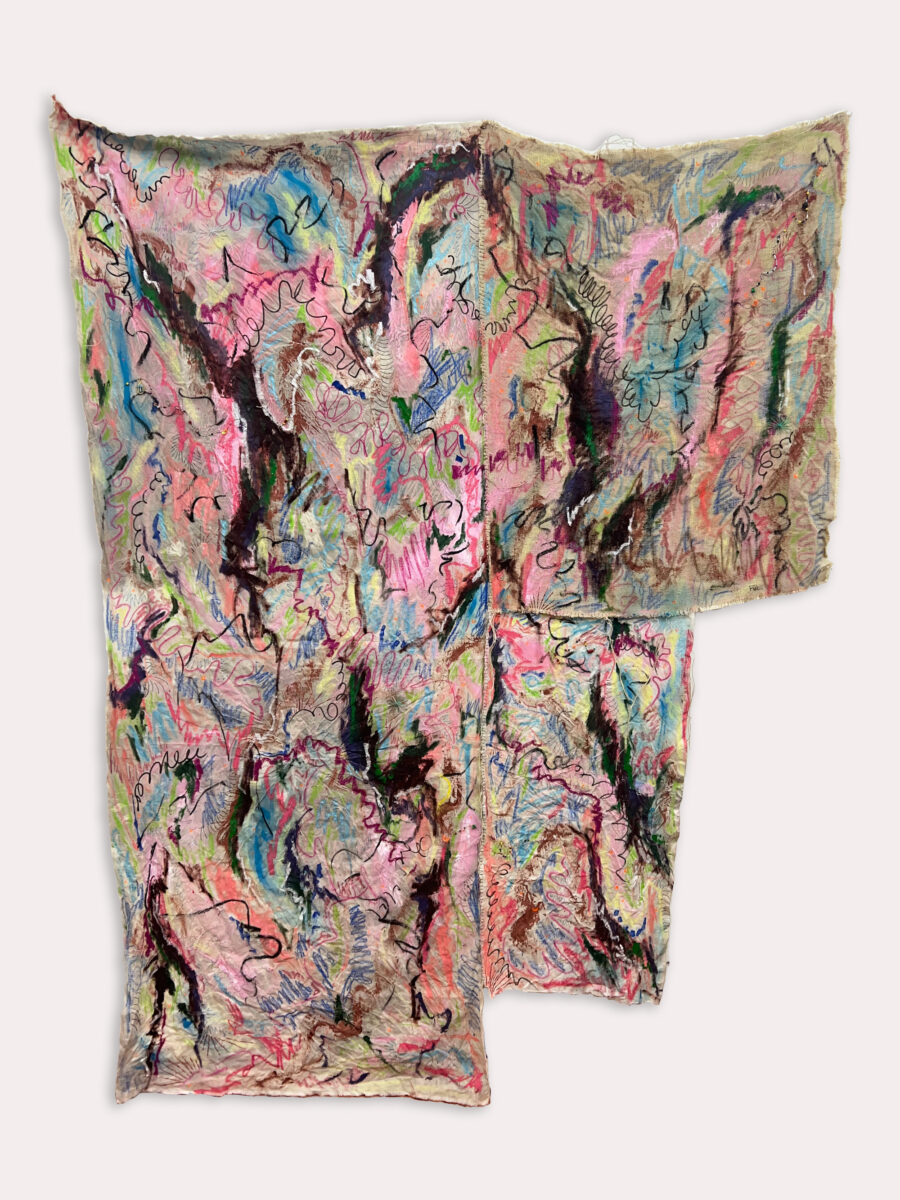
LG: I think our goal in the short term is quite simple: We want to establish Palmer Gallery as a prominent destination for contemporary art in London. We feel this can be achieved through exhibiting a strong roster of artists who embody the concept of the programme and the vision behind the gallery. We also want to organise exemplary exhibitions and events that stimulate, move and excite people, encouraging them to come to the space and to engage with the gallery. As I outlined earlier, one of our key principles is to foster a strong community which transcends the art world and reaches people working in other creative industries (and beyond!). Ultimately, we want Palmer Gallery to garner a reputation for doing things well, but for not necessarily playing things safe.
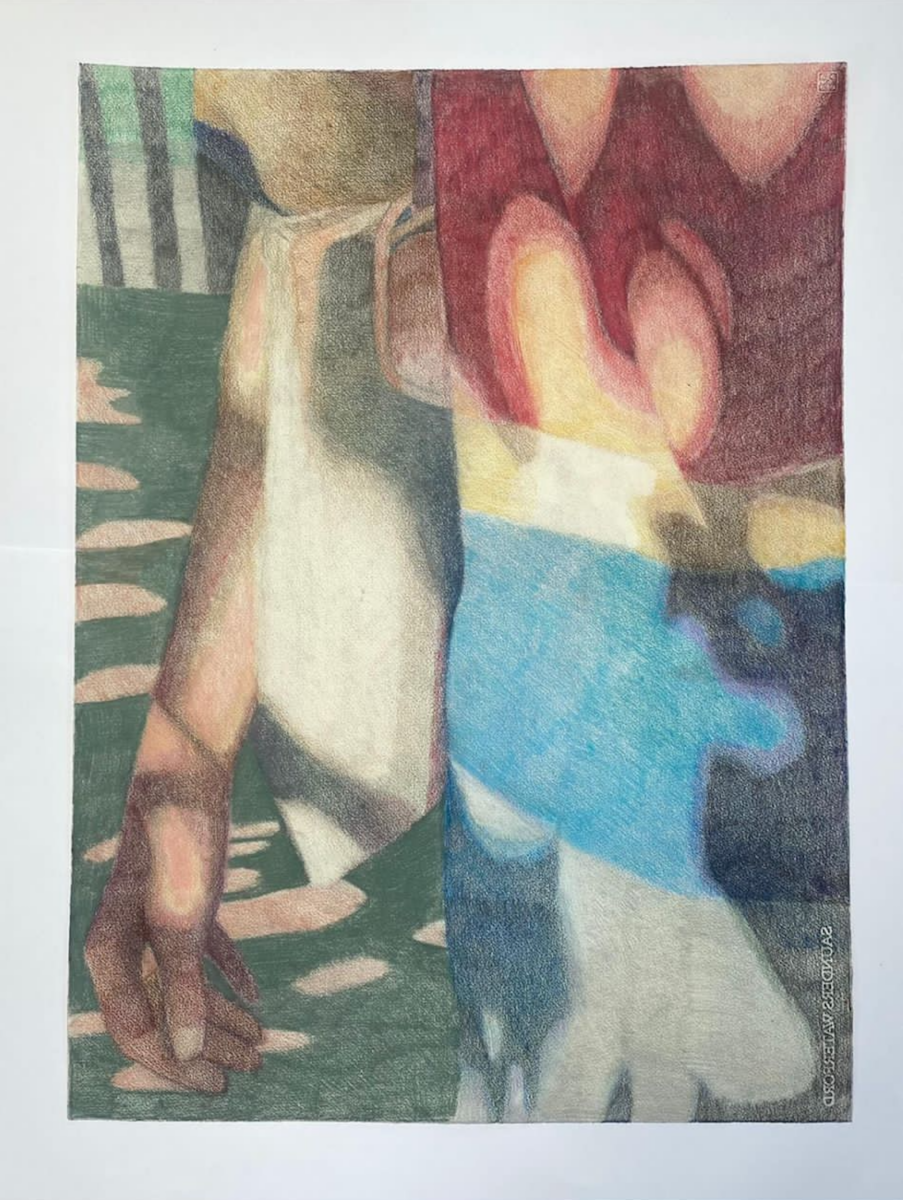
Palmer Gallery opens on 7th March 6-9pm with the group exhibition FIELD OF DIFFERENCE
follow @palmer.gallery for more info/news


